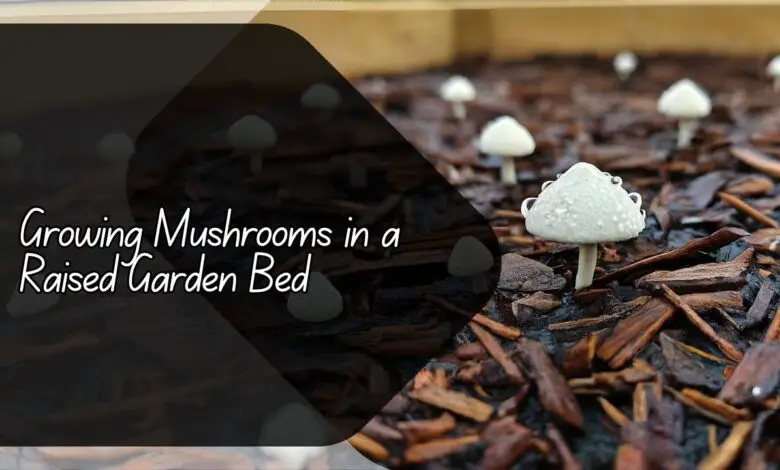
Easy Steps for Growing Mushrooms in a Raised Garden Bed
In this article, we will discuss easy steps for growing mushrooms in a raised garden bed. Mushrooms are a great addition to any garden as they are delicious and nutritious. By following these simple steps, you can successfully grow your own mushrooms at home.
What are the benefits of growing mushrooms in a raised garden bed?
Growing mushrooms in a raised garden bed has several advantages. Raised garden beds provide better drainage, which is essential for mushrooms as they require a moist environment to thrive. The elevated height of the bed also makes it easier to access the mushrooms for harvesting.
Additionally, raised garden beds help to control pests and weeds, which can be a common problem when growing mushrooms in the ground.
To start growing mushrooms in a raised garden bed, you will need to purchase mushroom spawn, which can be found at garden centers or online. Mushroom spawn is essentially the “seed” that will grow into mushrooms.
You can choose from a variety of mushroom species, such as oyster mushrooms or shiitake mushrooms, depending on your preference.
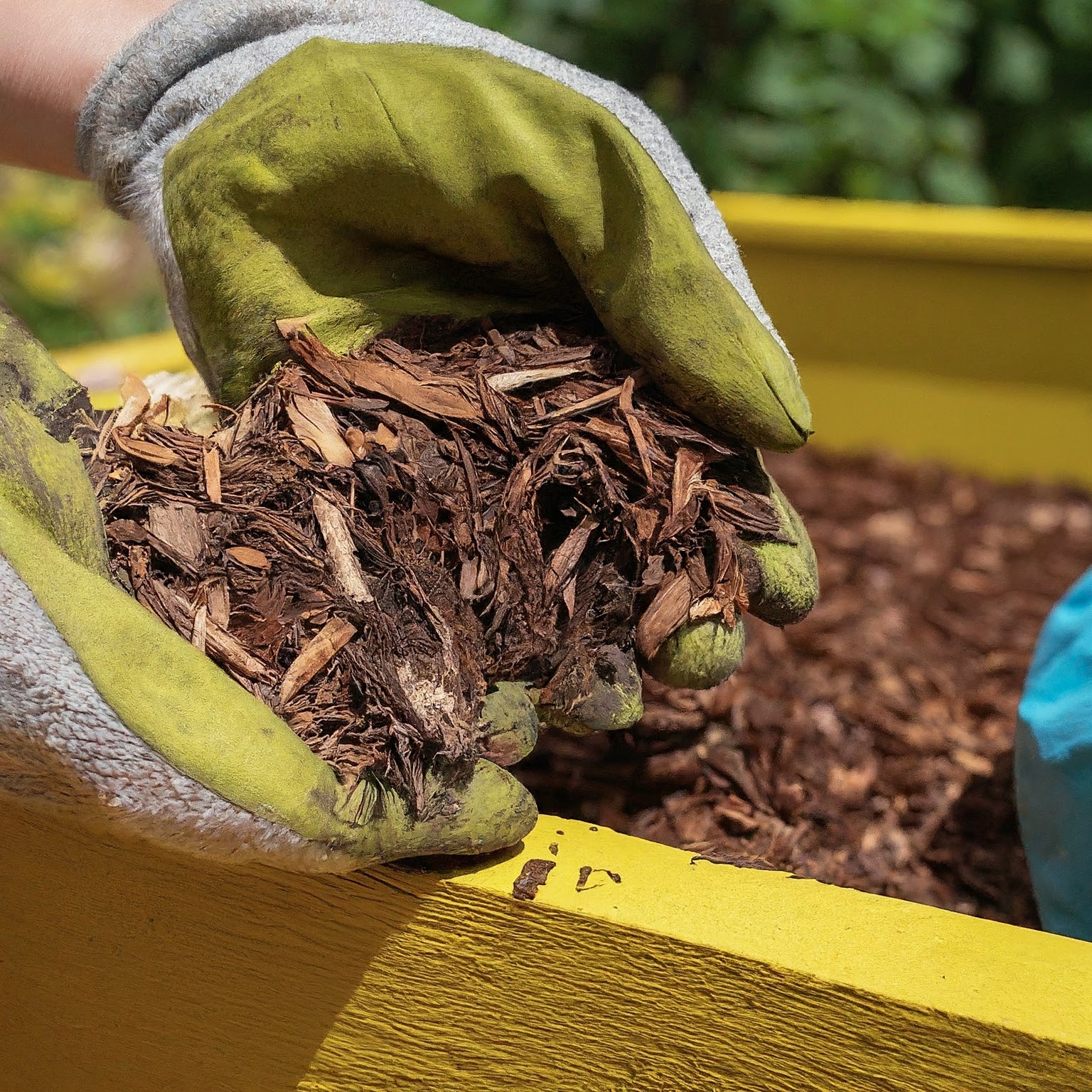
How do you prepare the raised garden bed for growing mushrooms?
Before planting the mushroom spawn, you will need to prepare the raised garden bed. Start by filling the bed with a mixture of organic compost and straw. This will provide the nutrients and moisture that the mushrooms need to grow.
Make sure the compost is well-rotted and free from any chemicals or pesticides that could harm the mushrooms.
Once the bed is filled with compost, sprinkle the mushroom spawn evenly over the surface. Gently mix the spawn into the compost using a rake or trowel. Cover the bed with a layer of damp newspaper or cardboard to help retain moisture and keep out light. Water the bed regularly to keep the compost moist but not waterlogged.
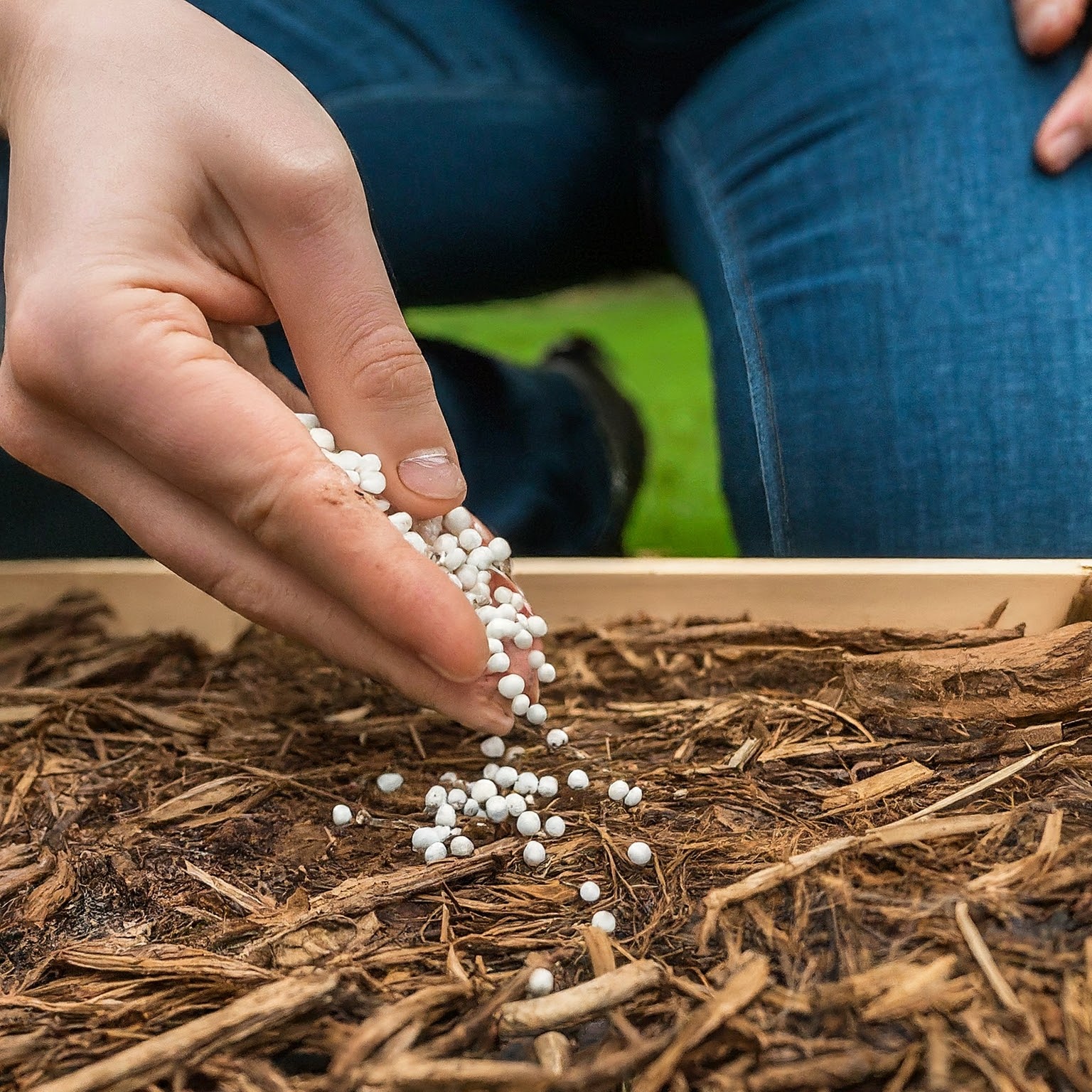
How do you care for the mushrooms as they grow?
As the mushrooms start to grow, you will need to provide them with the right conditions to thrive. Keep the bed moist by watering regularly, but be careful not to overwater, as this can lead to mold or rot. If the weather is dry, you may need to water the bed more frequently to maintain the right level of moisture.
Monitor the bed for any signs of pests or diseases, such as slugs or mold. Remove any affected mushrooms immediately to prevent the spread of disease. You can also add a layer of mulch to help retain moisture and suppress weeds around the bed. This will create a healthy environment for the mushrooms to continue growing.
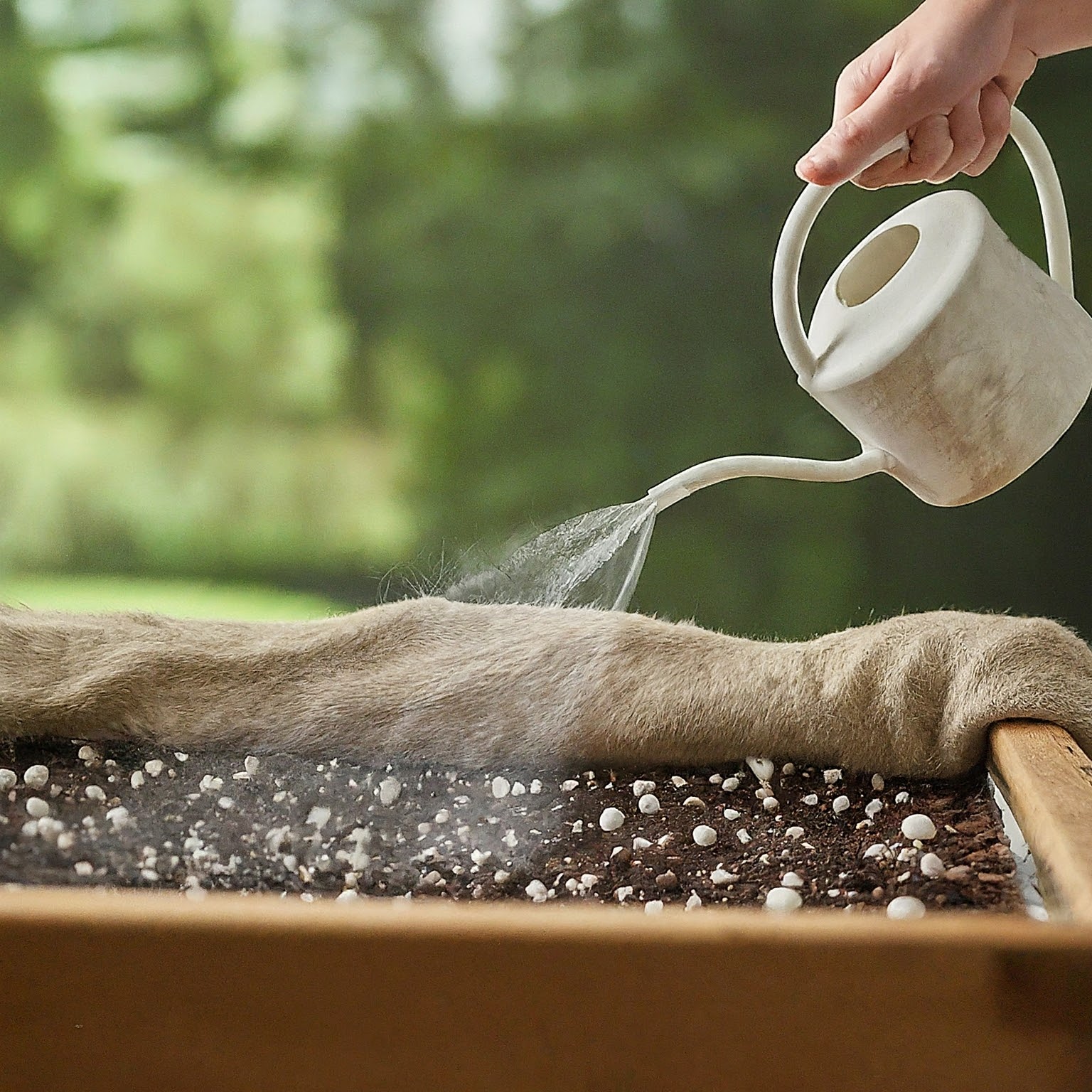
When is the best time to harvest the mushrooms?
The best time to harvest mushrooms will depend on the species you are growing. Oyster mushrooms, for example, are ready to harvest when the caps are fully open, and the edges start to curl upwards. Shiitake mushrooms are best harvested when the caps are still closed but have started to flatten out.
To harvest the mushrooms, simply twist or cut them at the base of the stem. Avoid pulling the mushrooms out of the compost as this can damage the mycelium, which is the network of threads that the mushrooms grow from. Harvest the mushrooms as soon as they are ready to ensure the best flavor and texture.
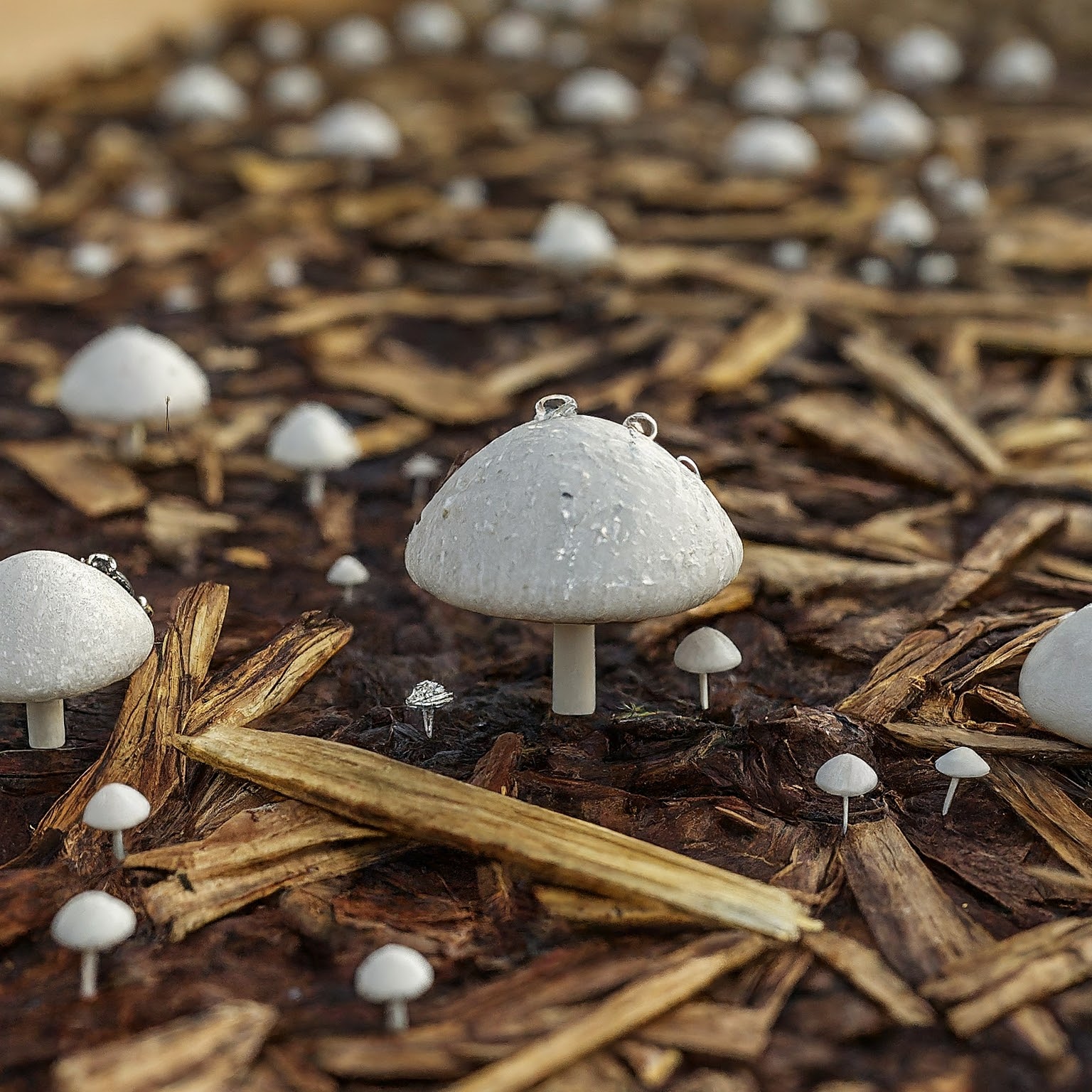
What are some common problems that can occur when growing mushrooms in a raised garden bed?
One common problem when growing mushrooms in a raised garden bed is contamination from other fungi or bacteria. This can happen if the compost is not properly sterilized before planting the mushroom spawn. To prevent contamination, make sure to use fresh, high-quality compost and sanitize any tools or containers that come into contact with the mushrooms.
Another issue to watch out for is pests, such as slugs or snails, which can feed on the mushrooms and damage the crop. To deter pests, you can place a barrier around the raised garden bed or use natural repellents, such as coffee grounds or eggshells. Regularly inspect the bed for any signs of pests and take action to prevent them from causing damage.
Conclusion
By following these easy steps for growing mushrooms in a raised garden bed, you can enjoy a bountiful harvest of fresh, delicious mushrooms right in your own backyard. With the right care and attention, you can create a healthy environment for mushrooms to thrive and provide a sustainable source of food for you and your family.
FAQs
Can I grow mushrooms in any type of raised garden bed?
Yes, you can grow mushrooms in a variety of raised garden beds, including wooden, plastic, or metal beds. The key is to provide the right growing conditions, such as proper drainage and moisture levels, to support the growth of mushrooms.
Do mushrooms require a lot of sunlight to grow?
No, mushrooms do not require direct sunlight to grow. In fact, mushrooms prefer a dark, moist environment to thrive. You can place the raised garden bed in a shaded area of your yard to provide the ideal conditions for mushroom growth.
How long does it take for mushrooms to grow in a raised garden bed?
The time it takes for mushrooms to grow will vary depending on the species you are growing. Oyster mushrooms, for example, can be ready to harvest in as little as two weeks, while shiitake mushrooms may take several weeks to reach maturity. Monitor the bed regularly to track the progress of the mushrooms.
Can I reuse the compost after harvesting the mushrooms?
Yes, you can reuse the compost after harvesting the mushrooms. Simply remove any remaining mushroom debris and add fresh compost to replenish the nutrients in the bed. This will help sustain the growth of future mushroom crops in the raised garden bed.
Are there any health benefits to growing and eating mushrooms?
Yes, mushrooms are a nutritious food that offer a variety of health benefits. They are low in calories but high in vitamins, minerals, and antioxidants. Mushrooms can help boost the immune system, improve digestion, and promote overall health and well-being when included as part of a balanced diet.








